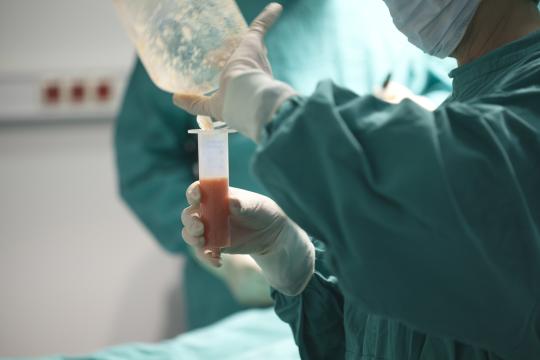
You are excited – you’ve finally made the decision to have a breast augmentation! In all of the discussions you’ve had with your surgeon, one point that is still a little unclear is how to deal with the long-term care of your implants. What exactly does that mean and should you worry?
First things first: breast augmentation is one of the safest aesthetic surgery operations with one of the highest satisfaction rates. Of course any surgery has risks. But if you follow your surgeon’s instructions, both pre and post operatively, you have an excellent chance at achieving the result you want.
That said, there’s a big difference between worry and awareness.
The first thing to know is that NO implant is expected to last forever. Published failure rates by the major implant manufacturers range from 10-13% for silicone implants, and 5-10% for saline implants at ten years, but the bottom line is you should expect, depending on the age of your implants, to have to replace them at some point.
Why do implants fail? Many don’t. Those that rupture or leak, do so because they develop a tear or hole. This can be from injury to the shell (such as trauma to your chest) or fatigue of the shell (creases form from wrinkling and the shell weakens). How do you know if your implant has failed, and what has to be done?
This is where the difference between saline and silicone implants is noticeable. If you have a saline implant, your implant will deflate, and your breast will lose volume. It may take a few days or a few weeks, depending on the size and placement of the leak but eventually you can tell.
If your implant is silicone, it may be difficult to determine a leak. This is because the silicone gel will be captured within the capsule, and may even stay inside the implant shell due its cohesive nature. This is called a silent rupture.
Mammograms and ultrasound of the breast and implants help, but unless the silicone is outside the capsule, it may not be definitive. An MRI gives the best evaluation, but they tend to be costly and not covered by insurance. In real life, a ruptured silicone implant usually changes shape and gets firmer, so they are not often truly silent ruptures. If the silicone is contained by the capsule, there is no emergency to replace it. But if silicone gel is ever found to have migrated beyond the capsule, it should be removed and may also necessitate removal of tissue it has scarred or adhered to.
Saline implants are just removed and replaced. Depending on what you want to do about size, or shape of implant, more may have to be done to the pocket where your implant is to be placed. Usually replacement of a deflated saline implant is quite easy whereas replacement of a ruptured silicone implant is more of an operation. Plastic surgeons have varying opinions as to whether the capsule surrounding the implant needs to be removed (a capsulectomy) in these cases. This procedure helps to reduce subsequent firmness (encapsulation) around the new implants. The operation can take a few hours, and will cost patients more money.
If the implant isn’t leaking, why would one get it replaced?
Many women decide, as they get older, that they no longer want an implant. Some women want smaller implants, as their breasts have gotten larger with perimenopausal changes. The larger augmented breast, just like ones without implants, can cause neck and shoulder pain, and women feel like they look heavy. Many women feel their breasts are too saggy as they age; gravity and weight of the implant also contribute to this, so they opt to go to a smaller size and/or have a lift.
Implants that have become encapsulated are almost always uncomfortable. They are hard and hurt, so women feel self-conscious hugging friends due to the unnatural firmness.
Some women change their mind about saline implants if they wrinkle, and want to switch to silicone. Some with silicone would like to exchange an intact implant before it ruptures. When you do this, it is just as simple an operation as exchanging a saline implant.
So when you consider breast augmentation, also consider that replacement of the implant is going to be necessary in your lifetime. You may decide that you are more comfortable with saline, as you will know it has deflated. Or you might want a silicone, but opt to exchange at a set date rather than take a wait and see approach. No matter which implant you choose, think carefully about the long range differences and what risks you can tolerate.
Dr. Elizabeth Kerner is an Aesthetic Society member practicing in Plano, TX.




